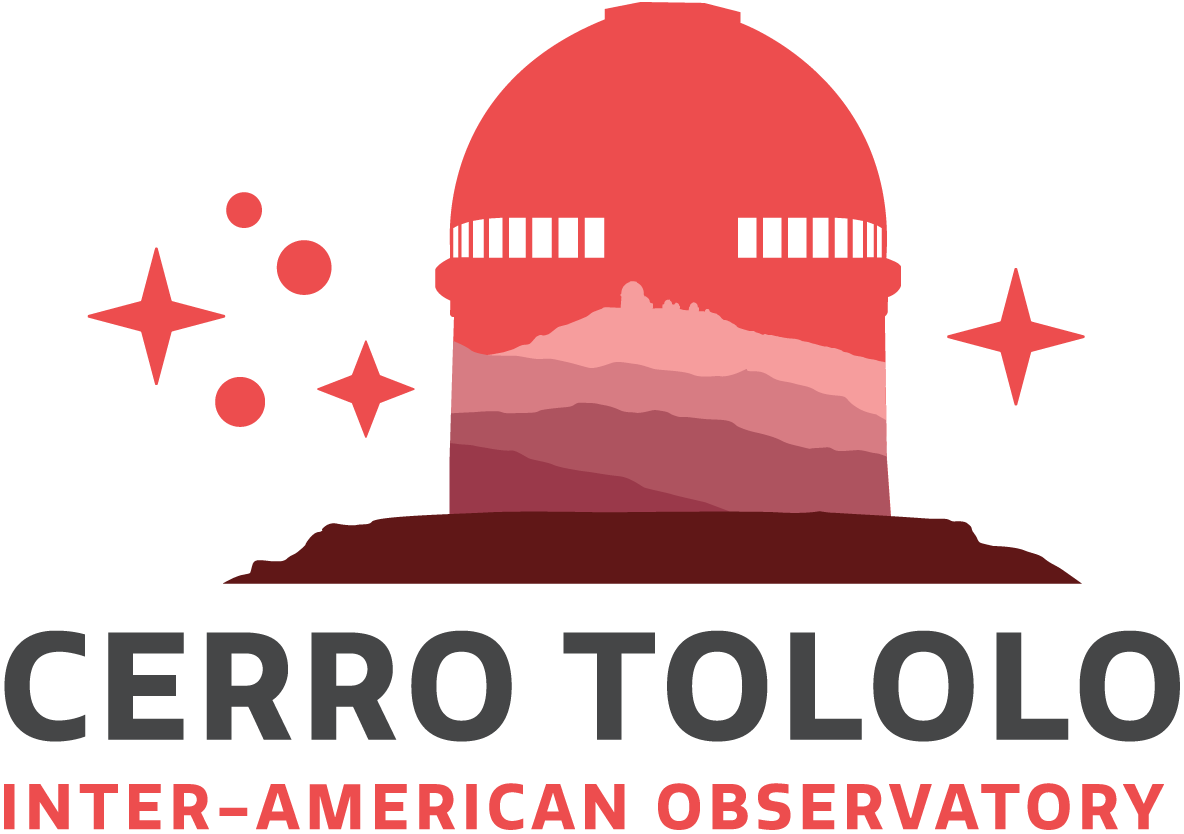
Circinus West: A Dark Nebula Harboring a Nest of Newly Formed Stars
Department of Energy-fabricated Dark Energy Camera spots a puddle of cosmic ink staining the starry night sky
24 April 2025
A celestial shadow known as the Circinus West molecular cloud creeps across this image captured from Chile with the 570-megapixel Department of Energy-fabricated Dark Energy Camera — one of the most powerful digital cameras in the world. Within this stellar nursery's opaque boundaries, infant stars ignite within cold, dense gas and dust, while outflows hurtle leftover material into space.
This winding, shadowy form, accentuated by a densely-packed starry background, is the Circinus West molecular cloud — a region rich in gas and dust and known for its host of newly formed stars. Molecular Clouds, the cradles of star formation, are interstellar clouds that are so dense and cold that atoms within them bond with each other to form molecules. Some, such as Circinus West, are so dense that light cannot pass through, giving them a dark, mottled appearance and earning them the name dark nebulae. The cloud’s flourishing population of young stars has offered astronomers a wealth of insight into the processes driving star formation and molecular cloud evolution.
This image was captured with the Department of Energy-fabricated Dark Energy Camera (DECam), mounted on the U.S. National Science Foundation Víctor M. Blanco 4-meter telescope at Cerro Tololo Inter-American Observatory in Chile, a Program of NSF NOIRLab. It showcases the western portion of the larger Circinus molecular cloud, an impressive celestial object located about 2500 light-years from Earth in the constellation Circinus. It stretches 180 light-years across and boasts a mass 250,000 times that of the Sun.
Circinus West is known for harboring dozens of young stellar objects — stars that are in their early stages of development. Despite being shrouded in dense gas and dust, these infant stars make themselves known. Zooming in, various clues to their presence can be seen dotted throughout Circinus West’s snaking tendrils.
One indication of newly formed stars are the sparse pockets of light seen bursting through the murky clouds. This light is emanating from actively forming stars, and the cavities around them have been carved out by molecular outflows — powerful jets ejected from protostars as a way to release gas and momentum that built up during formation. These energetic outflows are much easier for astronomers to find than the embedded stars themselves and are a powerful tool for studying stellar nurseries.
Many of the bright spots seen throughout the dark clouds indicate the positions of young stars that have ejected the material around them. Multiple outflow sources can be seen within Circinus West’s central black plume, an area known as the Cir-MMS region that loosely resembles a downward-stretched hand with long, shadowy fingers. Near the center of this region the radiation from a newborn star is carving out a cavity from within the opaque cloud. And at the extreme bottom left of the central cloud another announces its birth with an explosion of light.
Another signpost of star formation, of which there is no shortage of in Circinus West, is the presence of Herbig-Haro (HH) objects. HH objects are glowing red patches of nebulosity commonly found near newborn stars. They form when fast-moving gas thrown out by stars smashes into slower-moving gas in the surrounding molecular cloud or interstellar medium. Visually scanning Circinus West will reveal countless HH objects. To the left of Cir-MMS, three recently discovered HH objects can be seen fluttering across the face of the dark clouds.
Studying the outflows in Circinus West may offer valuable clues into the star formation process and also reveal how young stars impact their environment. With such a variety of outflows, it serves as a natural laboratory for studying not just the life cycles of stars but also the dynamics of molecular clouds and the mechanisms governing the evolution of galaxies. The massive outflows occurring there may even resemble the conditions under which our Solar System formed, providing us a glimpse into the processes that led to our own emergence in the Universe.
More information
NSF NOIRLab, the U.S. National Science Foundation center for ground-based optical-infrared astronomy, operates the International Gemini Observatory (a facility of NSF, NRC–Canada, ANID–Chile, MCTIC–Brazil, MINCyT–Argentina, and KASI–Republic of Korea), NSF Kitt Peak National Observatory (KPNO), NSF Cerro Tololo Inter-American Observatory (CTIO), the Community Science and Data Center (CSDC), and NSF–DOE Vera C. Rubin Observatory (in cooperation with DOE’s SLAC National Accelerator Laboratory). It is managed by the Association of Universities for Research in Astronomy (AURA) under a cooperative agreement with NSF and is headquartered in Tucson, Arizona.
The scientific community is honored to have the opportunity to conduct astronomical research on I’oligam Du’ag (Kitt Peak) in Arizona, on Maunakea in Hawai‘i, and on Cerro Tololo and Cerro Pachón in Chile. We recognize and acknowledge the very significant cultural role and reverence of I’oligam Du’ag to the Tohono O’odham Nation, and Maunakea to the Kanaka Maoli (Native Hawaiians) community.
Links
Contacts
Josie Fenske
Jr. Public Information Officer
NSF NOIRLab
Email: josie.fenske@noirlab.edu
About the Release
| Release No.: | noirlab2515 |
| Facility: | Víctor M. Blanco 4-meter Telescope |
| Instruments: | DECam |













